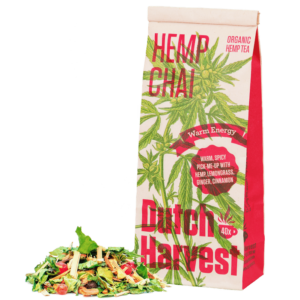What do you really need to know about history? So much has happened. Yet some events have left a bigger impression than others.
The De Rooy Committee was set up in 1999 to ensure that pupils receive more and better history education. They were afraid that many schoolchildren will soon not know whether Napoleon or Hitler appeared earlier in history.
If you repeat things often enough, it's easier to remember them. Even if the information is offered in different, clear parts, it learns more easily. That's why they shared history in ten different epochs.
Throughout your school career, you have to treat these ten periods several times. The repetition makes it easier to remember. Pupils must have dealt with all ten periods once in primary school. They should also be given the ten periods as a teaching subject in the first two years of secondary education. And in the last years of secondary education, the periods need to be repeated again. In total, you will receive three lessons about the time of prehistoric times, the time of enlightenment, but also about the modern age.
To make it easier for us, they named the epochs after the characteristics. Thus, prehistory is called the time of hunters and peasants, the lighting they call the time of wigs and revolutions and the modern age becomes the time of television and computer. These names conjure up an image. This does a name like 'the lighting' not so well. And if you have an image of what you're learning, it's easier to learn.
Because the information is given in different periods you have a framework for the information. The de Rooy Committee hoped that the time periods would help you to better remember the sequence of different events. So if you now learn about an important event in Dutch history, you are supposed to know in what time this happened. If you know the order of the different time slots, it's easier to remember when this event has taken place.
But not everyone believed that you could remember the information better through the epochs. The classification of the periods would not make perfect sense, and the names of the periods do not exactly tell us what happened during that time. The De Rooy Committee also makes a choice of all events with these periods. They only look at the events that have happened in Western Europe and the stories of women from history are almost non-common.
The opinions of the De Rooy Committee have largely determined what every schoolboy should know about the history of the Netherlands today. But because so many people were critical of it, a new committee had come together in 2006. This was Oostrom's committee.
This committee has supplemented the opinions of the De Rooy Committee. They have made a list of 50 windows. This list of topics, objects, people and themes is called the canon of the Netherlands. Every student has to learn these 50 windows during the history lesson. The canon windows occur in the ten epochs that have already been set up. On this website you will find a summary of the history, divided into the ten periods that the committee de Rooy has determined.


